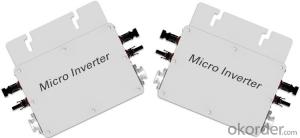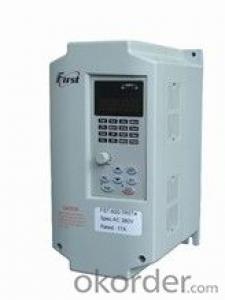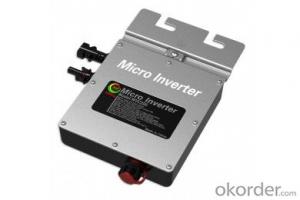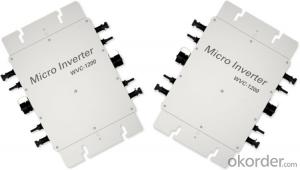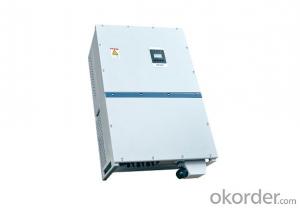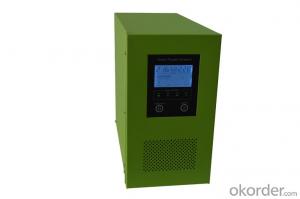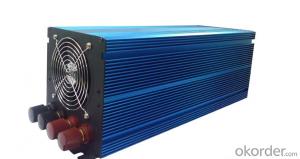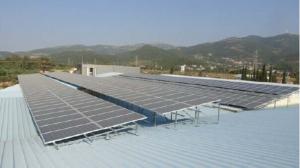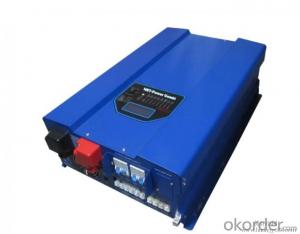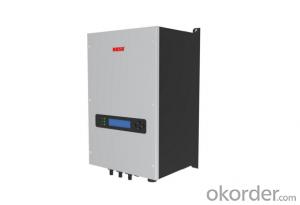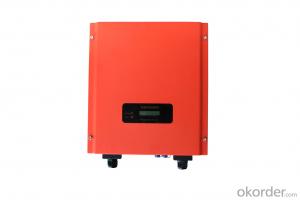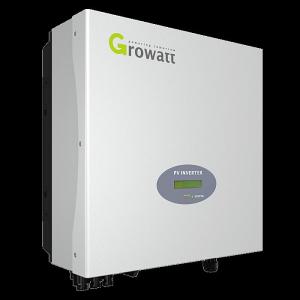Solar Micro Inverter Cost
Solar Micro Inverter Cost Related Searches
Solar Micro Inverter Price Micro Solar Inverter Price Solar Inverter Cost Cost Solar Inverter Solar System Inverter Cost Cost Of Solar Inverter Solar Power Inverter Cost Cheap Solar Micro Inverter Small Solar Inverter Price Cost Of Solar Power Inverter Solar Inverter Price Solar Mini Inverter Price Solar System Inverter Price Solar Panel Inverter Cost Price Of Solar Inverter Solar Power Inverter Price Solar Electric Inverter Price Solar Inverter Cost For Home Solar Energy Inverter Price Solar Micro Inverter Solar Cell Inverter Price Solar Battery Inverter Price Solar Panels Inverter Cost Solar Inverter Kit Price Cost To Replace Solar Inverter Solar Inverter Prices Solar Panel Inverter Price Smart Solar Inverter Price Solar Inverter Battery Price Solar Grid Inverter PriceSolar Micro Inverter Cost Supplier & Manufacturer from China
Solar micro inverters are a type of photovoltaic device that optimizes the performance of solar panels by converting the direct current generated by the panels into alternating current, which can be used by the electrical grid or local electrical systems. These micro inverters are designed to be compact and efficient, making them a popular choice for residential and commercial solar installations. They offer several advantages over traditional string inverters, such as improved energy yield, reduced shading losses, and easier installation and maintenance.The application and usage scenarios for solar micro inverters are vast, as they can be utilized in a variety of settings to harness solar energy efficiently. They are commonly used in rooftop solar systems, where they can be installed directly on the back of each solar panel, ensuring maximum power output from each individual panel. This makes them particularly useful in situations where shading or other factors may affect the performance of certain panels, as each panel operates independently. Additionally, solar micro inverters can be employed in off-grid systems, such as those used in remote areas or for backup power, providing a reliable and efficient source of electricity.
Okorder.com is a leading wholesale supplier of solar micro inverters, offering a wide range of products to cater to the diverse needs of customers in the solar energy industry. With a large inventory of solar micro inverters, Okorder.com ensures that customers have access to high-quality, cost-effective solutions for their solar power projects. By partnering with reputable manufacturers and maintaining a commitment to customer satisfaction, Okorder.com has established itself as a trusted source for solar micro inverters and other related products, helping to drive the adoption of clean, renewable energy solutions worldwide.
Hot Products



